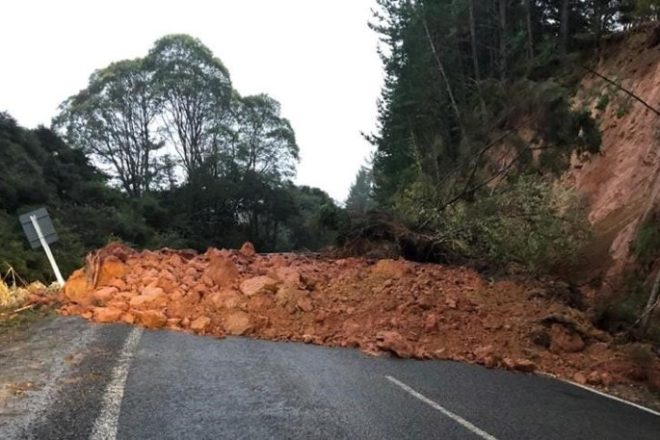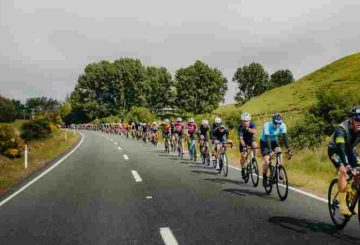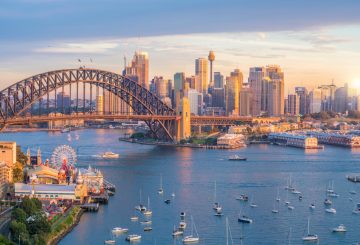와이카토 지역 의회는 향후 3~6년간 118억 달러 규모의 교통 계획을 승인했습니다.와이카토 지역 육상 운송 계획 2024-2054는 향후 10~30년간 이 지역의 교통 수요를 명시하고 있으며, 중앙 정부에 자금을 요청하는 데 사용될 예정입니다.
이 계획의 주요 목표에는 대도시 공간 계획 비즈니스 사례 구현, 지역 복원력 향상, 교통 배출량 감소, 활발한 교통을 장려하고 더 많은 옵션을 제공하기 위한 도시 지역 재구성 등이 포함됩니다.
회복력 개선 노력은 코로만델 반도와 타우포 호수 남동쪽에 있는 테 포포로/불리 포인트에 초점을 맞출 예정이다.이 계획에는 지역 전역의 지방 도로와 주 고속도로의 유지 보수 강화도 포함됩니다.
이 계획은 속도와 인프라, 위험도가 높고 취약한 사용자가 직면하는 문제, 단속, 교육 및 행동 변화를 위한 이니셔티브를 중심으로 도로 안전 문제를 해결합니다.
두 개의 주요 도로 프로젝트인 해밀턴 서던 링크스와 와이카토 고속도로의 케임브리지-피아레레 확장도 계획에 포함되어 있습니다.
지난 6월 21일 회의에서 만장일치로 이 계획을 승인한 와이카토 지역 교통 위원회는 지난 18개월 동안 이 계획을 개발해 왔습니다.이 기간 동안 정부가 바뀌었고 육상 운송에 관한 새로운 정책 성명서가 발표되었습니다.
위원회에는 지방 당국, 이해 관계자, 옹호 단체 및 개인으로부터 89건의 제안이 접수되었습니다.와이카토 지역 의원이자 지역 교통위원회 위원장인 마이클 다우나드 (Mich’eal Downard) 에 따르면 이러한 피드백은 계획을 구체화하는 데 도움이 되었다고 합니다.
이 계획은 이제 뉴질랜드 교통국 와카 코타히 (Waka Kotahi) 로 보내져 검토될 예정입니다.





























































